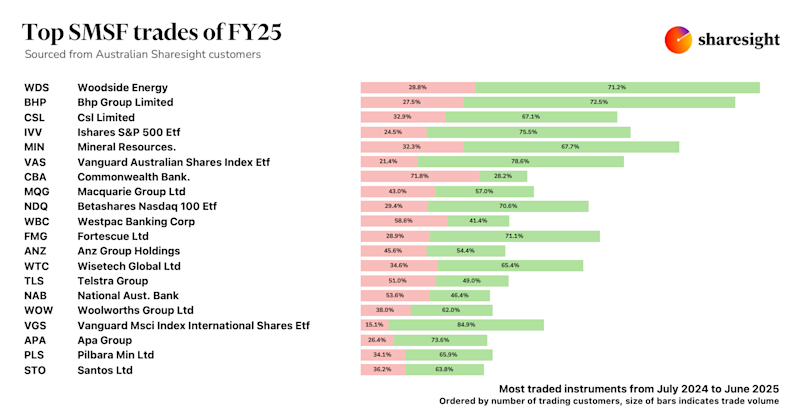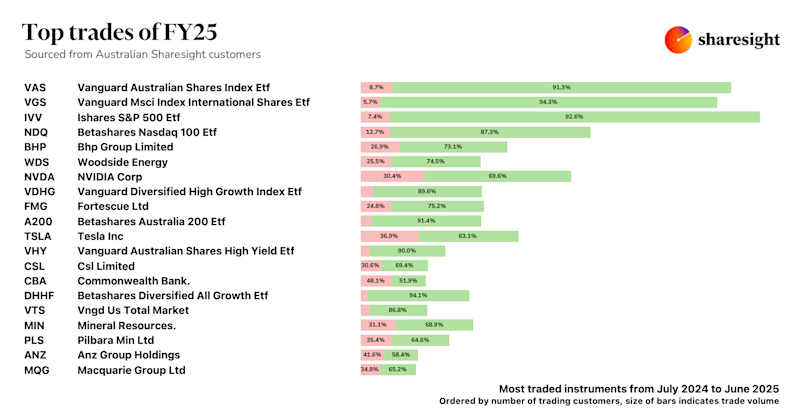What investors need to know about SPACs
There has been a surge in interest in Special-Purpose Acquisition Companies or SPACs in 2020 as a structure for companies to raise capital instead of via an IPO. This has partly resulted from the Covid-19 pandemic and associated business disruption. However, this is a complex investment strategy and it’s important for investors to understand the key differences to an IPO and the potential pitfalls of investing through a SPAC.

What is a SPAC?
A SPAC is a corporation formed for the sole purpose of raising investment capital through an IPO. In this respect, it is little more than an alternative way for a company to go public. But because a SPAC is a shell or ‘black cheque’ company it does no formal business and exists only to raise capital and ultimately acquire a private company. The acquired company becomes public as part of the IPO and can then be traded like normal shares. While SPACs have been around for decades, it is only in recent years that they've "gone mainstream" and come to the attention of sophisticated retail investors.
What is the purpose of setting up a SPAC?
It can be an efficient way for companies to go public very quickly and potentially offers more certainty than an IPO. While an IPO means negotiating with multiple institutional investors and uncertainty around the valuation until close to the offering, with a SPAC the IPO is already done and there are just two parties — the SPAC and the company being acquired — negotiating the deal. This means SPACs are far less susceptible to the vagaries of markets, which can be a strong positive in the face of Covid-19 business disruption and volatility in global markets. It is worth remembering that many companies will have raised tens, if not hundreds, of millions of dollars in venture capital only to see their IPO plans derailed or slowed by the COVID-19 pandemic and a SPAC may now be a good alternative. And from the investor's standpoint, it's an opportunity to consider investing in an exciting new public company at a time when there haven't been as many IPOs in the market.
How do SPACs go public?
SPACs are generally formed by experienced, well-connected executives who are confident that their reputation will help them identify a profitable company to acquire. With the identity of the target (or targets) still unknown, investors have little to go on but the track record of the SPAC founders. This process has evolved over the years as previously institutional investors were able to vote on the company the SPAC settled on buying. Regulators have since separated the right to vote and the right to redeem one’s shares. As such, today’s investors can redeem their capital, making the voting process more perfunctory and enabling most deals to go through as planned. When the SPAC raises the required funds through an IPO, the money is held in a trust until a predetermined period deadline is reached or the desired acquisition is made or partnership reached.
Acquiring the target company or de-SPACing
After the SPAC has raised the required capital through an IPO, the management team has 18 to 24 months to identify a target and complete the acquisition or merger. This is typically based on an investment thematic focused on a particular sector or geography and / or the experience and backgrounds of the founders. Identifying and completing a merger with a target company is sometimes referred to as de-SPACing. The fair market value of the target company must be 80% or more of the SPAC’s trust assets. Once acquired, both the founders and investors will receive an equity interest according to their capital contribution. If the timeframe lapses before an acquisition is completed, then the SPAC is dissolved, and the IPO proceeds are returned to investors.
How are SPACs different from an IPO in launching a public company?
The SPAC approach offers several distinct advantages over a traditional IPO, especially when market volatility and other conditions limit liquidity, as well as potentially lowering transaction fees and speeding up the process of creating a public company. However, the merger of a SPAC with a target or partner company can present several challenges. These mostly come from trying to produce a public company to an accelerated timeline while complying with complex accounting and financial reporting/registration requirements. The target company’s management team will need to focus on being ready to operate as a public company within three to five months of signing a letter of intent.
Risks of investing in SPACs
Investors may be wary of buying shares of a company that went public through a SPAC because the amount of due diligence scrutiny required for a merger is less than for a regular IPO. This may be an issue if the SPAC founders feel pressured to do a deal at an unrealistically high price or for a substandard asset. Even if investors scupper the deal and the SPAC returns their capital, it still means the investors’ money has been tied up for almost two years with no upside. Most retail investors are simply not equipped or qualified to assess the valuation of a SPAC’s target company if it has no operating history, revenue or cash flow. In the case of start-up ventures, investors may be voting to approve a transaction based on future growth projections or unproven strategies. These are often decisions best left to venture capital and private-equity firms.
Start tracking your investments with Sharesight
With over 170,000 investments tracked from more than 30 global exchanges, Sharesight is the perfect tool for investors like you, with Sharesight you can:
-
Track the performance of all of your assets in one place, including stocks, mutual/managed funds, property, and even cryptocurrency
-
Run powerful reports built for investors, including Performance, Portfolio Diversity, Contribution Analysis and Future Income (upcoming dividends)
-
Get the true picture of your investment performance, including the impact of brokerage fees, dividends, and capital gains with Sharesight’s annualised performance calculation methodology
-
Easily share access of your portfolio with family members, your accountant or other financial professionals so they can see the same picture of your investments as you do
Sign up for a free Sharesight account to start tracking your investments in SPACs today.
Embedded content: https://www.youtube.com/embed/r2JUyqDBoRI
FURTHER READING

Sharesight users' top 20 trades – June 2025
Welcome to the June 2025 edition of Sharesight’s monthly trading snapshot, where we look at the top buy and sell trades by Sharesight users in all markets.

Top SMSF trades by Australian Sharesight users in FY24/25
Welcome to our annual Australian financial year trading snapshot for SMSFs, where we dive into this year’s top trades by Sharesight users.

Top trades by Australian Sharesight users in FY24/25
Welcome to the FY24/25 edition of our Australian trading snapshot, where we dive into this financial year’s top trades by Sharesight users.